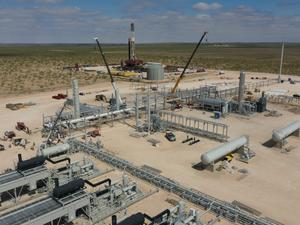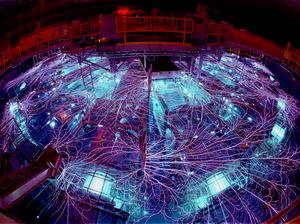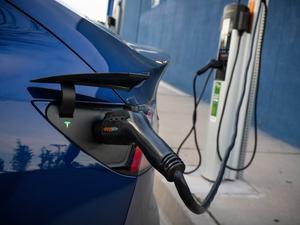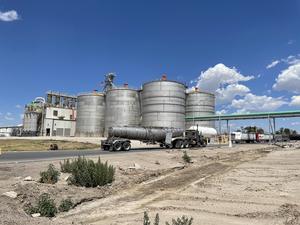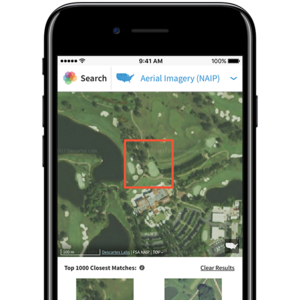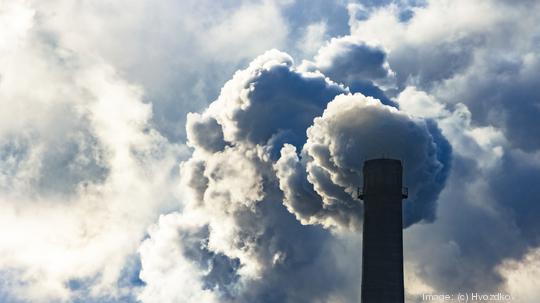
A new technology under development at the Sandia National Laboratories could help companies keep carbon emissions deep underground.
Sandia engineers are working with scientists at the University of Texas - Austin, the California Institute of Technology and the Research Triangle Institute to build sensors that could detect carbon dioxide leaks from underground storage vaults. The sensors could be used by companies working on carbon sequestration — the process of removing carbon from the atmosphere and storing it in a solid or liquid form.
The role of the Sandia engineers, according to a news release on the lab's website, is to make a device called a "smart collar" that attaches to the sensors for charging and information sharing between the sensors and surface operators.
Andrew Wright, an electrical engineer at Sandia, is leading the lab's work on the device.
"There's obviously the aspect of reducing carbon dioxide in our atmosphere, that's an obvious positive," Wright said about the new technology. "But as an electronic engineer, I like solving these challenging issues. I've been working with electronics since I was little, so using my knowledge to help our planet is a cool bonus."
The smart collar would combine with "glitter-sized carbon dioxide sensors" that are being developed at the California Institute of Technology, according to the release. The development team wants to demonstrate the whole system in late 2023 at Sandia's above-ground testing facility and at the University of Texas - Austin's underground test facility.
If development and testing goes well, private companies could employ the new sensors on their own carbon sequestration projects. Wright said that there are a lot of interested companies that want to do carbon sequestration. One example is Paris, France-based Total Energies, a global energy company that Wright said the development team has been in contact with.
"It's not our focus for bringing this technology and manufacturing it ourselves," Wright said. "It's to share it with the community and industry so they can use it for real applications."
A Houston-based company, Piñon Midstream LLC, recently built a sour gas and carbon capture facility in Lea County. And other regional companies, like Denver-based BKV Corp. and Arvada, Colo.-based Carbon America, are putting money behind new carbon sequestration projects.
One recent study shows that the cost of carbon capture and storage for carbon-producing facilities could be around $40 per ton of carbon dioxide, although different capture and storage techniques have different costs. For instance, direct air capture, which uses chemical reactions to pull carbon dioxide out of air, can cost upwards of $250 per ton of carbon dioxide.
If the new sensor technology is proven effective, it could also be used to monitor underground storage areas for natural gas or hydrogen, Wright said, applications that open the technology up to other growing markets.
The U.S. Department of Energy is funding the project, which is being led by geoscientist David Chapman at the University of Texas - Austin. The Office of Fossil Energy and Carbon Management and the National Energy Technology Laboratory are managing it, according to the release on Sandia's website. Sandia has previously received a grant from the DoE for researching carbon sequestration.
